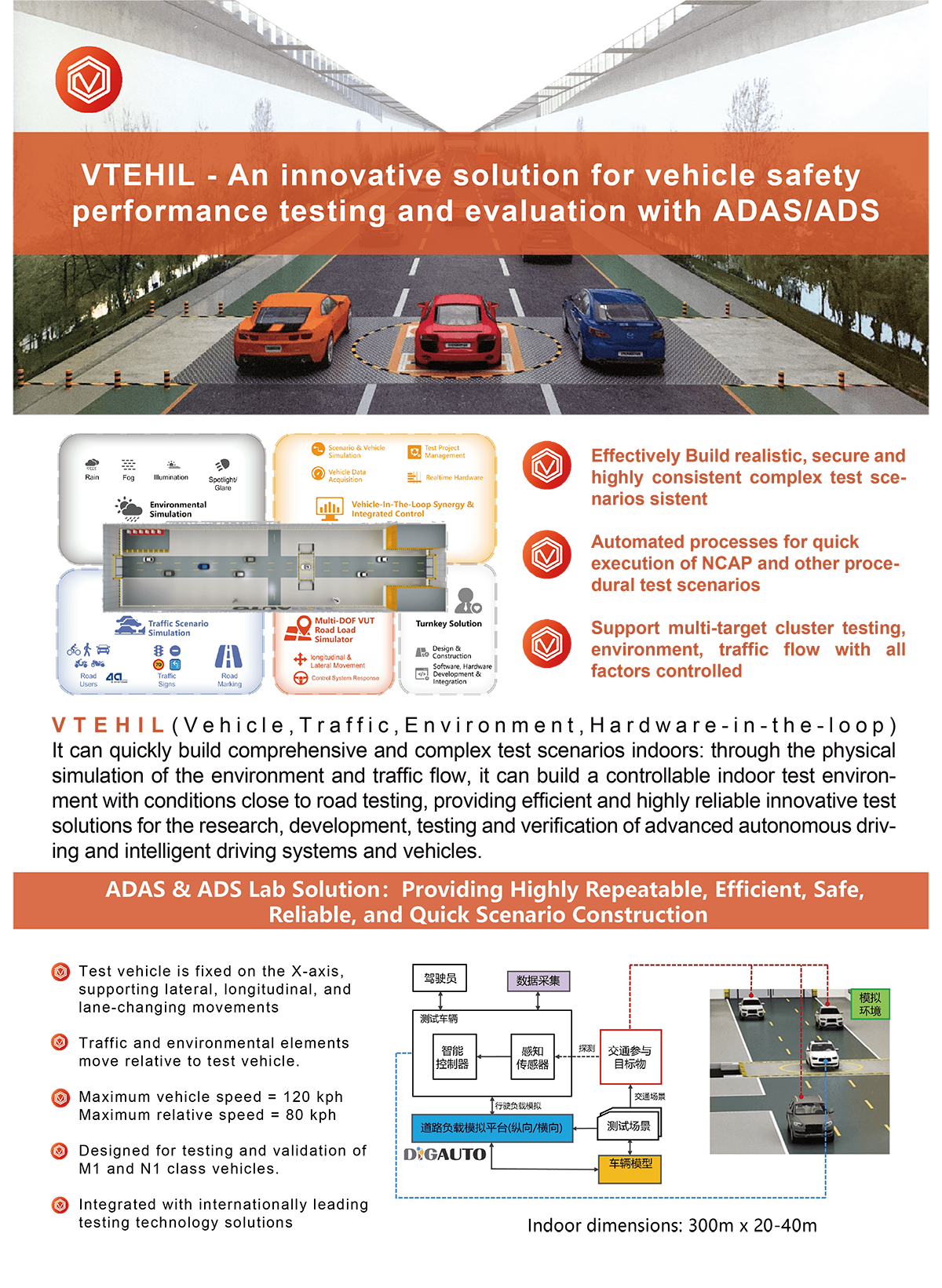| From "exam-oriented" to "Practical" : How Can Intelligent Driving Tests Stay Ahead of Risks? |
| Date:2025-04-17 15:02:47 | Page view: |
Office workers who come home late at night are willing to pay an additional 5,000 yuan for the "self-parking" function. Long-distance drivers pay 200 yuan per month for the "Highway Navigation" subscription service... Intelligent driving functions are becoming a "value-added option" for consumers when purchasing a car. However, in the past three years, the number of traffic accidents caused by misjudgments of intelligent driving systems worldwide has increased by 320%, with the average single repair cost exceeding 30,000 yuan, and insurance claim disputes have soared. When technology moves from the laboratory to the consumer end, behind every penny paid by users, there should be a safety net woven by systematic testing. What is objective testing? The most intuitive understanding is to place an "objectively true" vehicle on an "objectively true" road, build an "objectively true" existing dangerous situation, and verify how this "objectively true" vehicle performs in reality. For instance, in the following situation, as a smart driver, you must be able to react, right? There are a great many professional organizations and institutions in the world that summarize and extract these objective scenarios. They extract the most "valuable" problems based on the occurrence rate of similar accidents and the losses caused, and prioritize their resolution (as shown in the following figure), thereby forming an objective evaluation of the "intelligent" capabilities that vehicles possess. However, as the intelligent driving level of vehicles keeps rising, the speed of scene extraction cannot keep up with the problems we are facing (for instance, the recent accident that occurred on the highway by a certain car manufacturer is a very typical case of an unextracted scene form). Therefore, many enterprises have broken away from "exam-oriented education" and carried out more comprehensive and complex objective scene tests to achieve "taking the initiative". For the scenarios that have been extracted, take the conscious or unconscious lane changing of high-speed vehicles as an example (I guess all of you experienced drivers have encountered this). (The scenario illustration has been extracted) (As an experienced driver, were you the victim or did you accidentally scare someone else?) (Digauto's completed test scenarios) From standardized regulatory tests to extreme challenges under extreme working conditions; From the precise reproduction of high-frequency accident scenarios to the active defense against sudden "ghost appearances", Digauto has built an intelligent driving verification system covering multiple scenarios. (The scenario of electric bikes appearing in the blind spot when turning right that we often see) (A tricycle scenario filled with your express deliveries) But!! The latest European NCAP 2026 standard's active safety section has raised this scenario from the speed of the tested vehicle and the target object at 70vs80km/h to 140vs150km/h. The existing test equipment is completely unable to meet the requirements. May I ask how to deal with it? How to test the risk of "unfulfilled"? In addition to the high-speed demand of 150km/h, there are many more unexpected scenarios taking place, such as: facing a tricycle traveling in the opposite direction in a heavy rain, GPS failure in a tunnel, and a sudden "ghost probe" emerging... How to test these "non-existent risks" is also a difficult problem that intelligent driving needs to face. The VTEHIL (Vehicle, Traffic, Environment, Hardware-in-the-Loop) of Digauto was precisely designed to solve this contradiction -in the laboratory, it replicates the "uncontrollable" real world in a controllable way.  (VTEHIL high-speed test Scenario) The rapid development of intelligent driving technology is redefining the relationship between humans and vehicles. From standard scenario tests to complex environment simulations, every technological breakthrough means safer roads and more relaxed travel. Cexun takes systematic security testing as its foundation and sets a technical benchmark of "safety first" for the industry. It not only meets your requirements for standard testing, but also provides convenient and effective objective testing services for unknown scenarios and any scenarios you can imagine - because true intelligence is always built on the respect for life. |
| Prev:Unveiling VRU Automotive Testing Conditions: How Our Technology Safeguards Safety! Next:Digauto Joins Hands with Government to Build the Future of Intelligent Connectivity: From Standards to Scenarios, Empowering Local Industrial Upgrading |
